Capitals of the Andalusian Regions - Huelva
Most of the territory of the Huelva Province is primarily wooded areas, home to a rich diversity of wildlife, including the protected Iberian lynx, and black stork, as well as deer, wild boar, and roe deer. The vast and tranquil expanses of the Sierra de Aracena y Picos de Aroche Natural Park attract nature enthusiasts seeking a wild escape. The abundant meadows here serve as prime feeding grounds for the locally raised Iberian pigs, nourished on acorns from holm and cork oaks. It's where the exquisite Jamón de Huelva, a renowned delicacy cherished by food connoisseurs worldwide, is crafted during its maturation process.
The land of Huelva, both the city and the province established in the 19th century, is linked to some of the most pivotal events in world history. In the 14th-century Franciscan monastery La Rabida , Christopher Columbus and the Pinzón brothers devised the plans for their first overseas expedition...
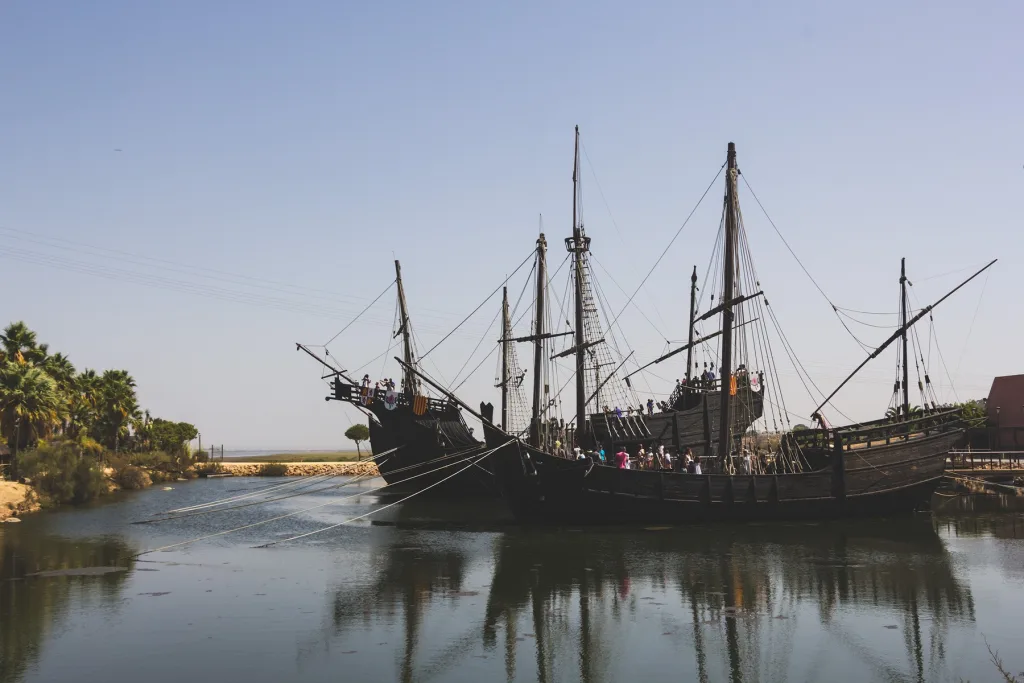
On the 3rd of August, 1486, from the port of Palos de la Frontera, located 13 kilometers away from Huelva, three Spanish caravels – Santa María, Niña, and Pinta – set sail on their first transatlantic journey...
History of Huelva
The ancient civilization of Tartessos
The development of the province of Huelva dates back to antiquity, when the mysterious Tartessos civilization was active in the area. Its center was in the south of Andalusia, and the first settlements were probably established in the second millennium BC. Ancient texts suggest that the Tartessians may have boasted a six-thousand-year history of their civilization, however, verifying this information is extremely difficult.
It is interesting to note that the peak of the heyday of this culture falls between 750 and 600 BC, at which time they developed the use of writing, which unfortunately modern archaeologists are unable to read.
Unfortunately, in the history of the ancient Spaniards, we lack a wide range of sources on culture, beliefs and customs. The only concrete source seems to be an account by the historian Diodorus of Sicily, which mentions the existence of the powerful state of Tartessos in the Spanish territories, long before the arrival of the Phoenicians, around the 12th-11th centuries BCE.
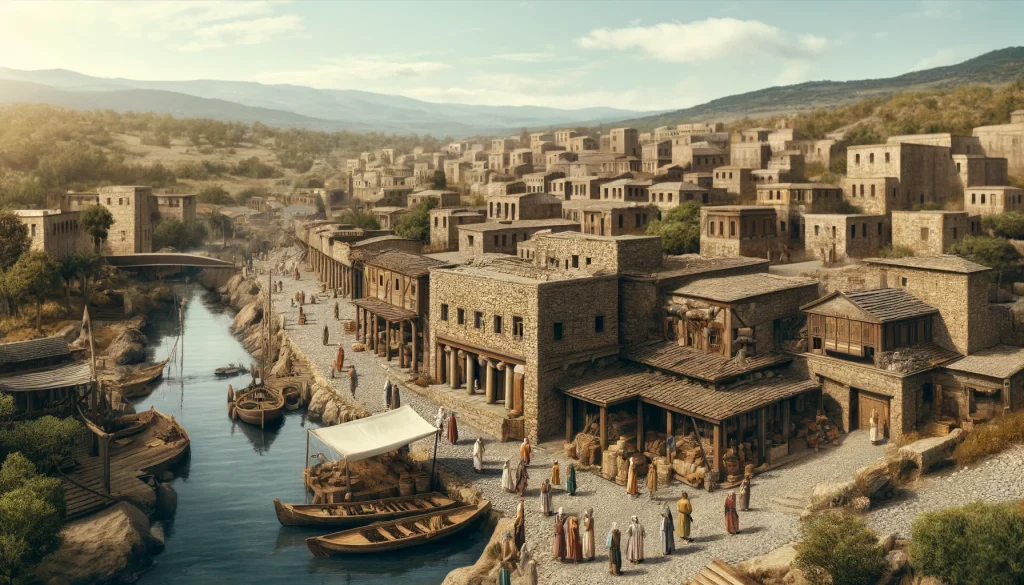
The only certain event seems to be the expedition of the Duke of Tartessos, Norax, to Sardinia, where he allegedly founded the city of Nora. This is confirmed by discoveries made during archaeological investigations. However, all the rest of the information is mere speculation and conjecture.
The civilization eventually collapsed in the sixth century, most likely as a result of numerous floods, enthusiasts of the subject such as Adolf Schulten, a German archaeologist and historian, equated Tartessos with the mythical Atlantis....
⚮⚮⚮⚮⚮⚮⚮⚮⚮⚮⚮⚮⚮⚮⚮
In the subsequent centuries, recognizing the coastal advantages of Huelva situated between the rivers Odiel and Tinto, close to valuable metal deposits, Phoenician merchants founded one of the oldest cities in Western Europe in the 8th century, then known as Onuba. The economy of these scattered Phoenician settlements like Onuba, Gadir (Cadiz), and later Malaka (Malaga), was based on mining and trading metals such as gold, copper, silver, lead, and tin, which were abundant in Andalusia at that time. In the 7th and 6th centuries, the Phoenician cities on the peninsula were united under Carthaginian policies, forming a powerful state with a well-established trading position in the Mediterranean Basin. Another significant moment in history was the acquisition of this attractive region by the Romans, which faced resistance from the communities primarily inhabiting the mining regions near the Sierra Morena mountains. Roman rule over the peninsula didn't significantly transform the regions of Huelva. It relied mainly on mining, agriculture, fishing, and trade, evidenced by the discovered pathways or the beautifully preserved Roman bridge, Puente Romano de Niebla, located in Niebla, the most prosperous town in the area at that time.
After the Romans, the Visigoths settled on the peninsula, and in 713 AD, the Moors arrived in Niebla. They took a keen interest in Onuba, transforming its name into the modern Huelva and expanding the city based on Roman structures. Following the disintegration of Al-Andalus, Huelva and Niebla became the capitals of separate taifas (small independent Muslim-ruled principalities).
After the Reconquista in the 13th century, following its capture by Alfonso X, the King of the Kingdom of León, the construction of defensive walls and fortifications began in Huelva. These structures were aimed at curbing the expansionist policies of Portugal.
The Golden Age of Great Geographical Discoveries brought great fame and pride to Huelva and its inhabitants. The port and the city's structure began to thrive. However, starting from the 16th century, due to a decline in significance compared to Cadiz and Seville, epidemics, pirate attacks, and the war with Portugal, the city gradually declined.
On November 1, 1755, in the Bay of Lisbon, a powerful earthquake measuring 8.5 on the Richter scale occurred, virtually destroying Huelva. The city managed to rebuild, and over the following decades, it became an increasingly developed center for trade and fishing in southern Spain.
Currently, the city's economy relies primarily on two main pillars: industry (chemical, port, and shipyards) alongside fishing, and the service sector, serving as the capital of the province. Huelva also holds significant importance as a tourist hub Costa del Luz - coast of light. From there it's just 45km to Portugal and 90 km to Seville, tens of kilometers of beautiful beaches, and a magnificent nature reserve - Park Doñana.
Following Columbus' footsteps - what to see in the city?
Due to the devastating earthquake I mentioned earlier and the rapid industrialization of the city, there aren't too many historical landmarks to be found here. Nevertheless, there are places that will surely leave a lasting impression.
- Statue of Christopher Columbus - such a site could not be missed in Huelva
- Palacio de Congresos Casa Colón - completed in 1883, one of the city's more distinctive buildings. Important ceremonies are held here
- Plaza De Las Monjas - in the heart of Huelva
- Muelle del Tinto - is a once distinctive commercial pier built in the early 20th century on the Odiel River.
- Catedral de la Merced - Huelva Cathedral was built in colonial style. In the 17th century, it was part of the monastery of La Merced
- Provincial Museum, Museo Provincial de Huelva - for those interested, including an exhibition of Roman memorabilia, a presentation of the history of the Rio Tinto mine
- El Conquero - Viewpoint at the Odiel estuary
Attractions not far from town
- La Rabida Monastery - Monastery with a 14th-century Gothic-style church with elements of the mudejar style, in which rest the remains of Captain Martin Alonso Pinzón, who sailed with Columbus on one of the ships.
- Museo Muelle de las Carabelas - You can admire replicas of the famous caravels—a fantastic history lesson!
- Parque Nacional de Donana - For nature enthusiasts, it's a noteworthy excursion, but... the touring options within the park are highly restricted due to its strict nature protection. Excursions can be arranged at several points around the park. El Acebuche – Click HereTo check opening hours and reservation options. Let's not harbor any illusions—lynxes, Iberian deer, deer, roe deer, or flamingos won't be parading in front of a roaring off-road vehicle, posing for photographs. However, there might be a chance to spot one of the local inhabitants if luck is on your side. It's worth bringing along binoculars. Unfortunately, for those traveling with larger pets like dogs, I found out that they can't join the excursion and must stay outside the park area. Another starting point for exploring the Doñana Park is a small town... El Rocio Click Here . Na stronie podane są wszystkie informacje.
- Castillo de Niebla - About Niebla, which I mentioned earlier, it holds numerous remnants from past centuries. The castle served as a fortress for the Romans and later for the Moors. You can find more information CLICK HERE While in Niebla, it's worth noting the passage of the Rio Tinto, the red river that flows through this area...
- Isla Cristina Here, you can participate in the largest fish auction in Andalusia, second only to Cadiz in terms of tonnage. Inside the market hall, you can witness the process of buying and distributing freshly caught fish and seafood from various parts of the peninsula.
- Parque Minero de Río Tinto - the old mining park of the Red River, provides truly lunar, or perhaps more Martian, landscapes
- Río Guadiana - The natural border between Spain and Portugal, the fourth largest river on the peninsula, offers opportunities to explore various trails and observe the abundant birdlife in the surrounding area.
Time to rest - where to eat?
The cuisine of Huelva combines products from the coastal and mountainous regions, offering a diverse blend shaped by the fusion of cultures inhabiting the area and the proximity to Portugal. Among the most renowned Iberian hams, El Jamón de Huelva, is produced in the vicinity of Sierra de Aracena, a beautiful corner of the province.
🔹🍽️ Here are some restaurants recommended by locals:
Huelva's Center:
- Azabache
- Bar Taberna Er Chiclanero
- Bar Pappis
- Bar Taperia Entre Amigos
- Acanthum
On the road, near Huelva:
- La Fabrica w Minas de Rio Tinto
- Meson El Gato w Isla Cristina
- Mesón El Lobito w Moguer
- Aires de Doñana w El Rocío
How to get there?
- Seville airport - 113 km from Huelva
- Faro airport (Portugal) - 112 km from Huelva
- Pociągiem, lub autobusem: alsa.es, avanza.es
- Strona hiszpańskiej kolei Click Here
Huelva has well-developed public transport: maps and departure times Click Here
Accommodation in Huelva
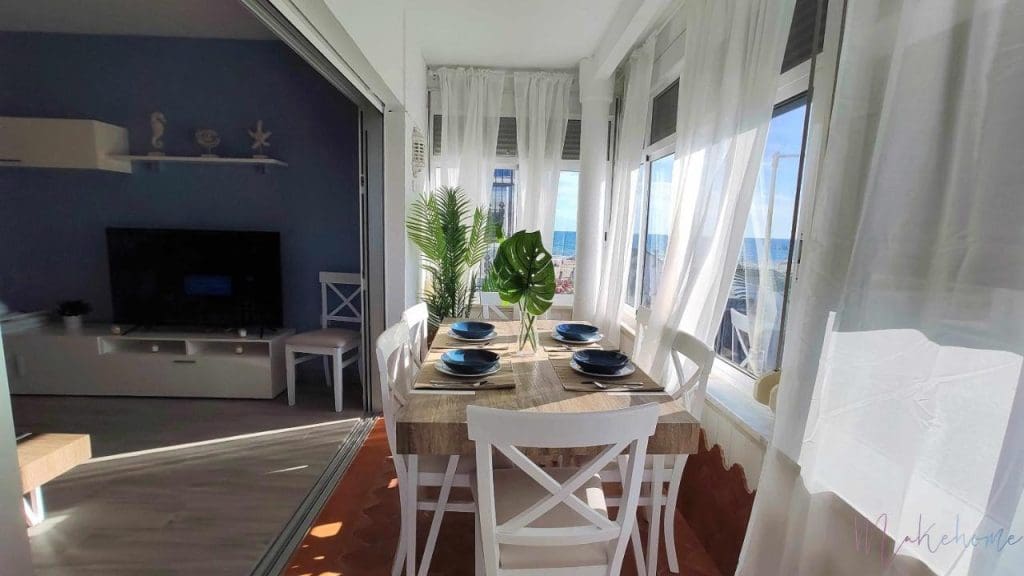
Apartment with ocean view
Check the dates and plan your trip to Andalusia!
Looking for accommodations in the Huelva area?
Cottage with Jacuzzi. Great prices in unique locations!
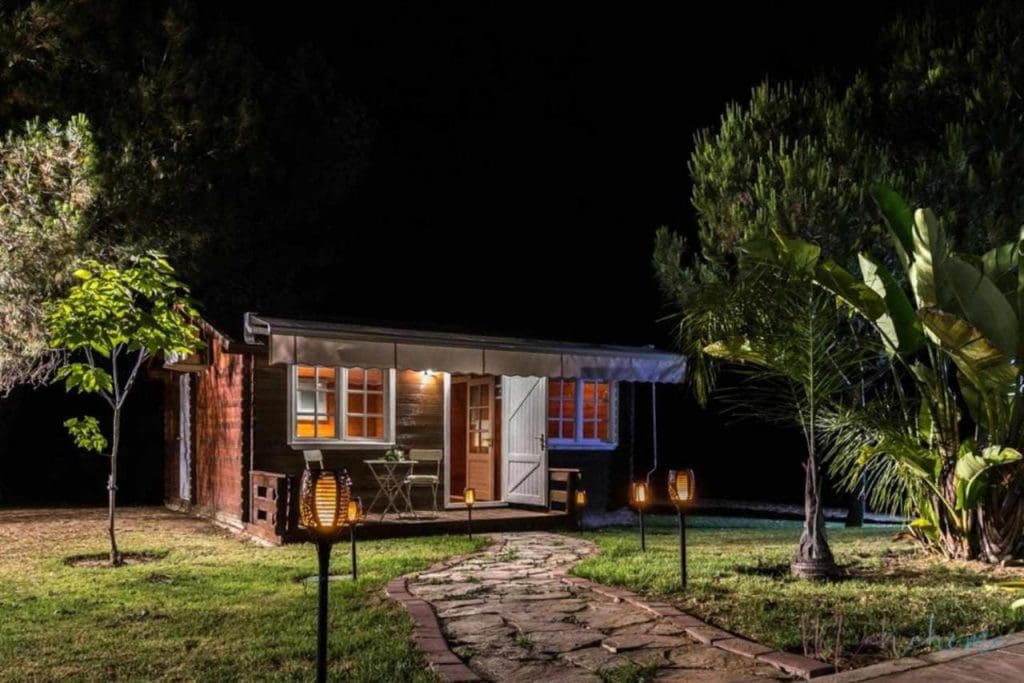
✨ Search for accommodation in Huelva at low prices - Click Here 🙌🏻
Map with the main attractions of Huelva:

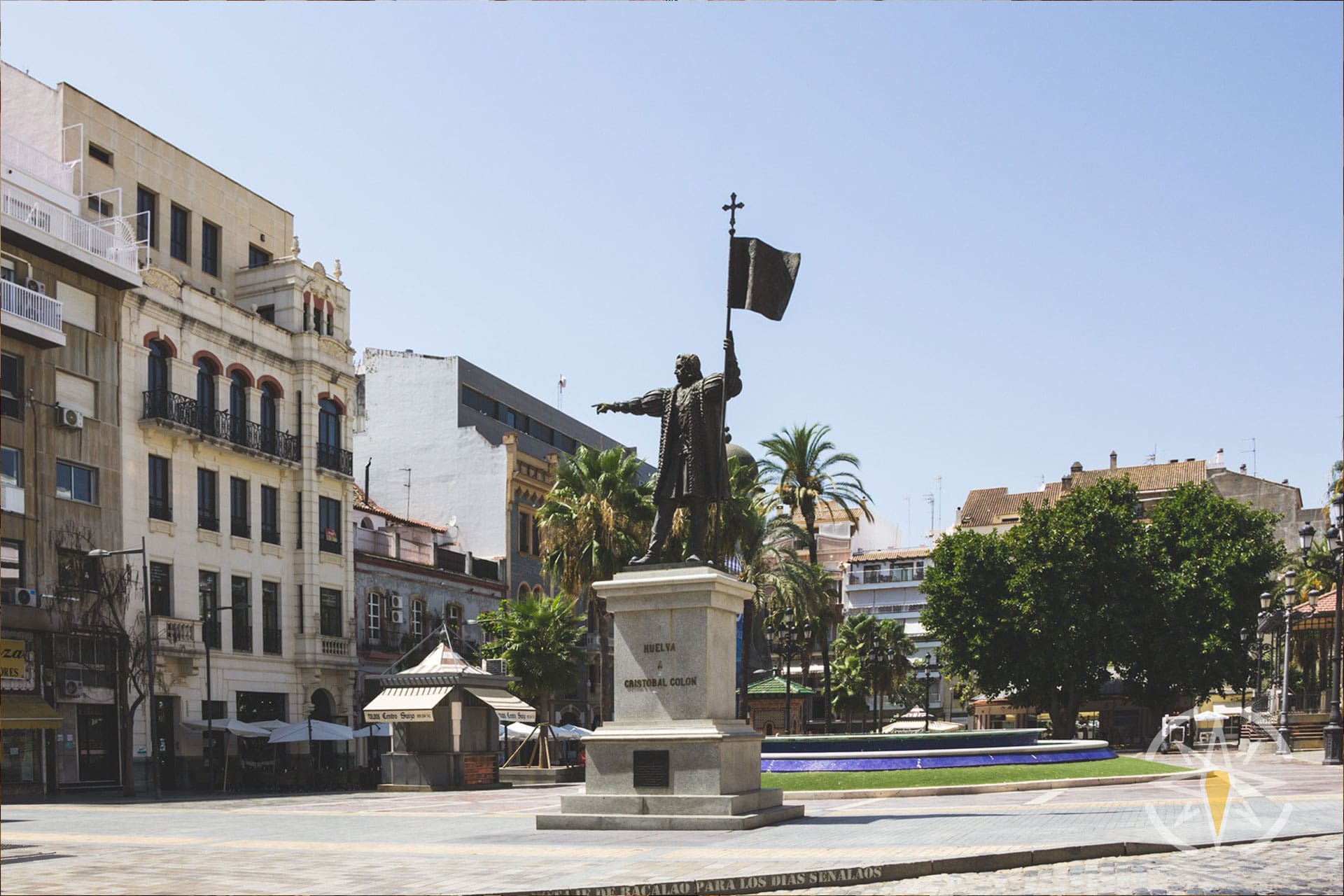
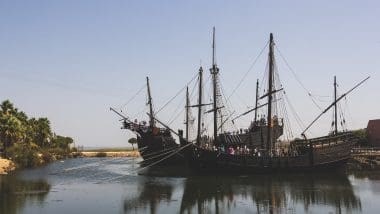
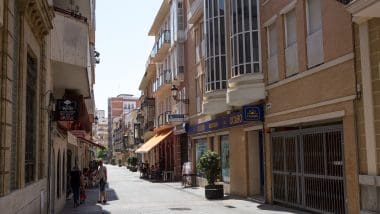
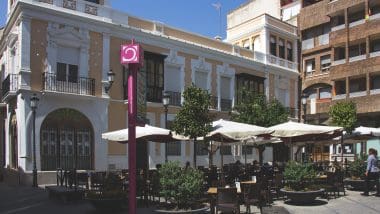
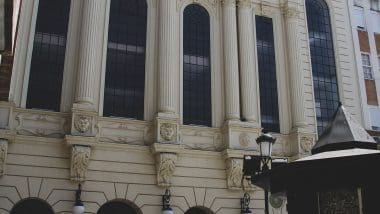
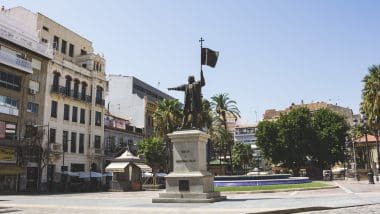
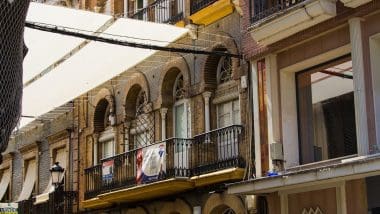
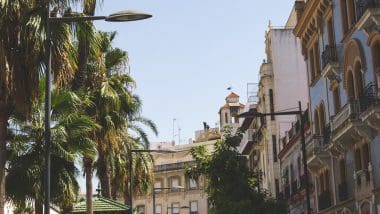
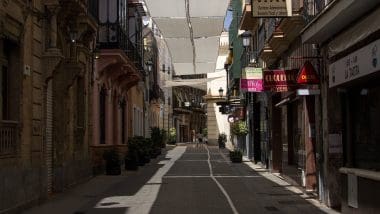
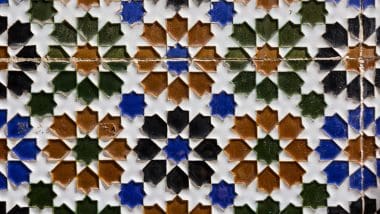
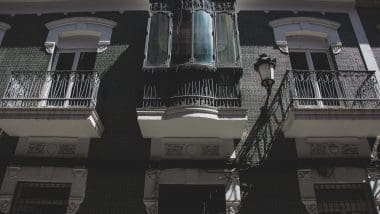
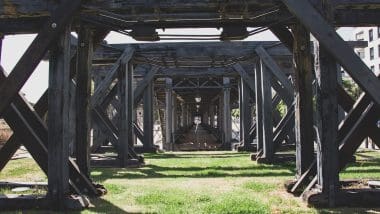
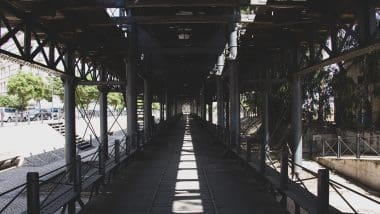
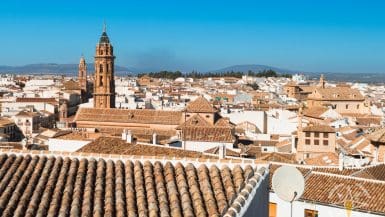
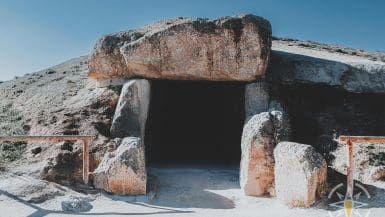
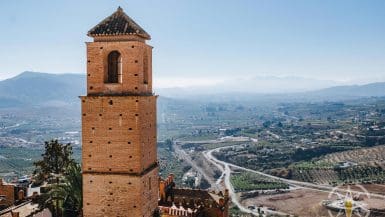
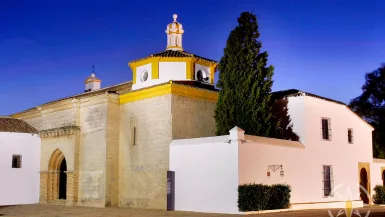

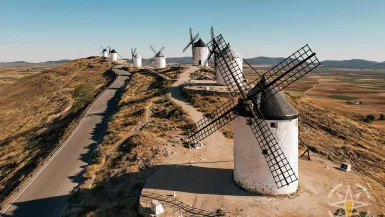
Leave a comment, ask a question...